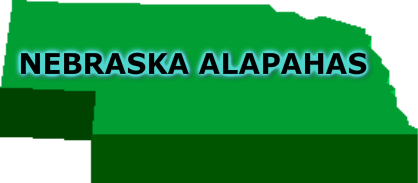- Home
- ABBB-Info
- ABBB-Description
- Alapaha Blue Blood Bulldog Types
- Breed Standard
- Breed Standard
- Breeding Types
- Males
- Females
- Photo Gallery
- Photo Gallery
- Photo Gallery
- Page-Gage
- Kali-Duke
- Contact Us
- Upcoming Breedings
- Alago-NAK'S Trinty
- Available Pups
- Available Pups
- Payment
- NuVet Plus-Supplement
- NAK'S APHRODITE
- NAK'S Big Blue Dollar
- NAK's Cerberus of SAK
- NAK'S Sugar Plum of SAK
- NAK'S Krampus of SAK
- NAK'S Karma Cole
- NAK'S Alexis Austin
- NAK'S Maximus Trautman
- NAK'S Trinity McCarty
- NAK'S King Zuri McCarty
- QCK'S Alago Dawson
- NorthGA Bulldogs

|
|
